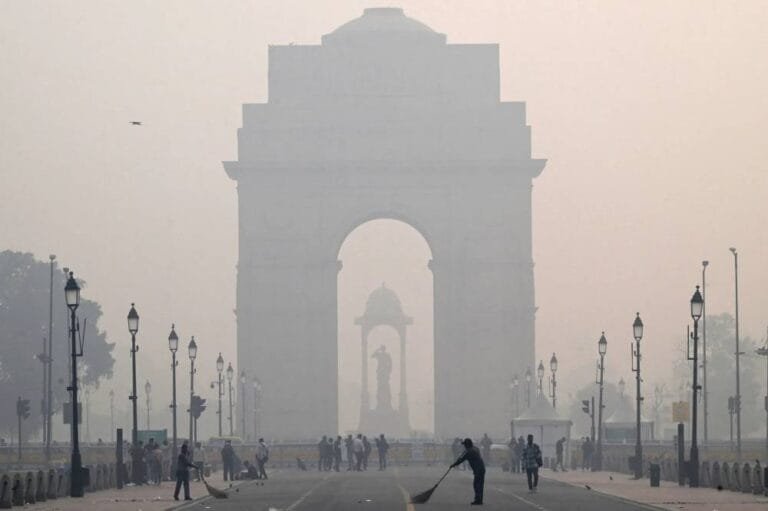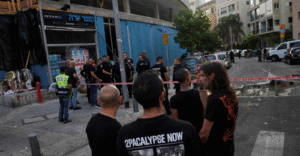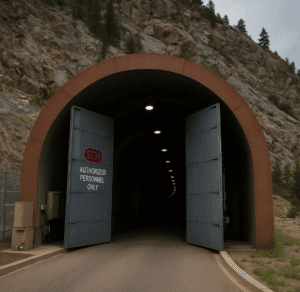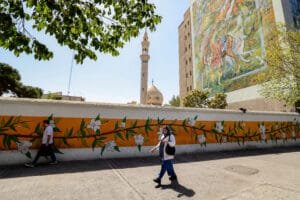NEW DELHI, India – In an unprecedented effort to combat record pollution levels, India conducted its first cloud seeding experiment over its smog-choked capital, New Delhi.
A chemical was sprayed from a light aircraft to encourage rainfall and wash polluting particles out of the air.
The New Delhi authorities, in cooperation with the Indian Institute of Technology Kanpur, launched
A test flight, Thursday afternoon, using a Cessna light aircraft over the city’s northern Burari area.
Test flight before planned implementation
Delhi Minister Manjinder Singh Sirsa confirmed in a statement that “a trial flight for cloud seeding was conducted, where cloud seeding flares were fired.”
He explained that the purpose of the flight was a comprehensive test to verify the aircraft’s capabilities,
the readiness of its cloud seeding equipment, and to evaluate its endurance.
Coordination between all concerned agencies before starting the actual implementation of the plan.
For her part, Delhi Chief Minister Rekha Gupta said, “If conditions remain favorable,
Delhi will witness its first artificial rainfall on October 29.”
The type of chemical used in this test was not immediately revealed.
New Delhi: Among the world’s most polluted capitals
New Delhi and its metropolitan area (population 30 million) consistently rank among the world’s most polluted capital cities,
Acrid smog blankets the city skyline every winter. The pollution is caused by cold air trapping pollutants close to the ground.
Creating a deadly mix of emissions from crop burning, factories, and heavy traffic.
Levels of cancer-causing PM2.5 fine particles rose this week to more than 56 times
the maximum limit recommended by the United Nations.
Days after fireworks were set off to celebrate the Hindu festival of Diwali.
Levels of these particles reached 154 micrograms per cubic meter in parts of New Delhi,
just over ten times the World Health Organization’s limit.
This measure comes at a time when scientists have warned
that harmful air is beginning to turn the colour of the famous Red Castle.
A UNESCO World Heritage Site, the city has turned black due to increasing pollution.
It’s worth noting that cloud seeding technology, invented in the 1940s, has been used by other countries,
such as China, to disperse fog or prevent rain from falling on major events.
However, research on the effectiveness of this technology
and its effects on surrounding areas remains mixed and controversial.

















